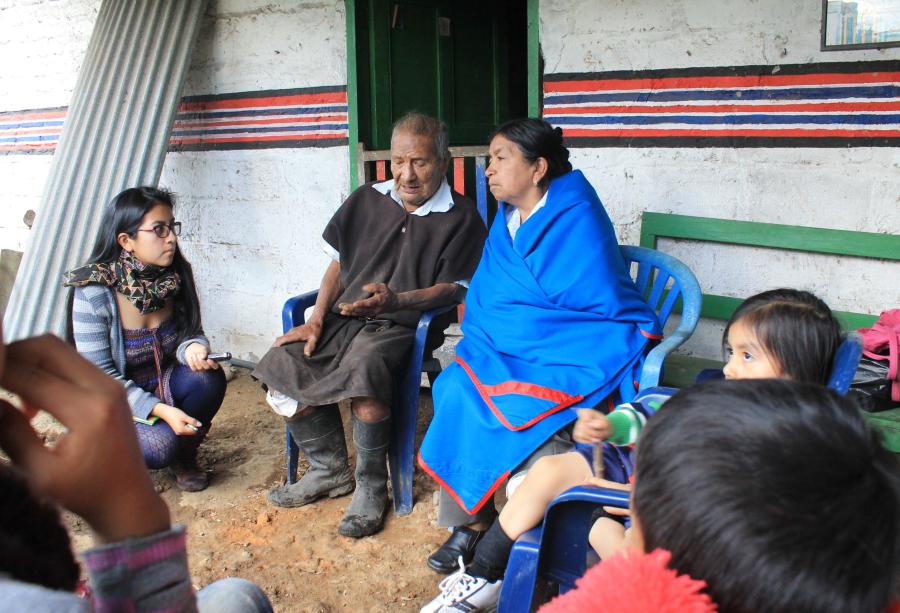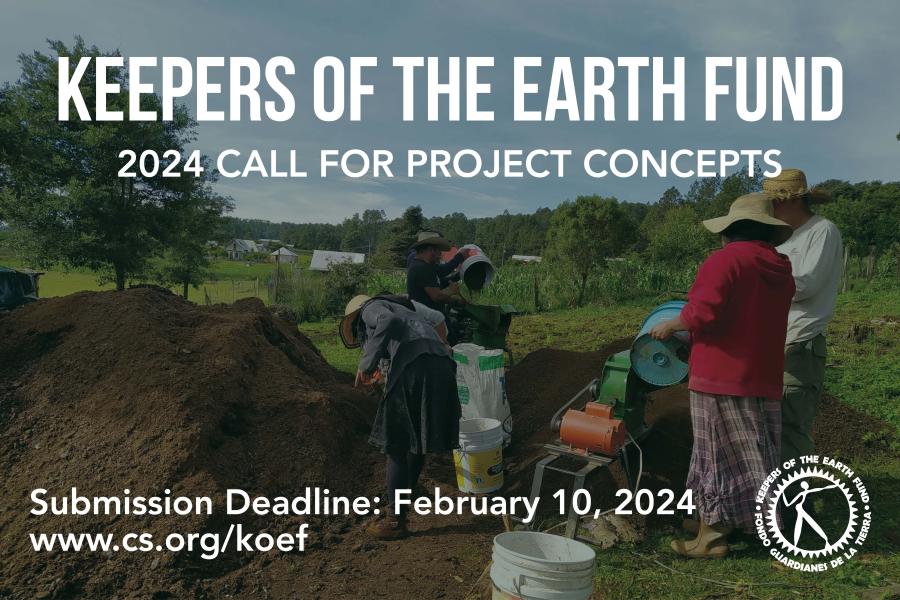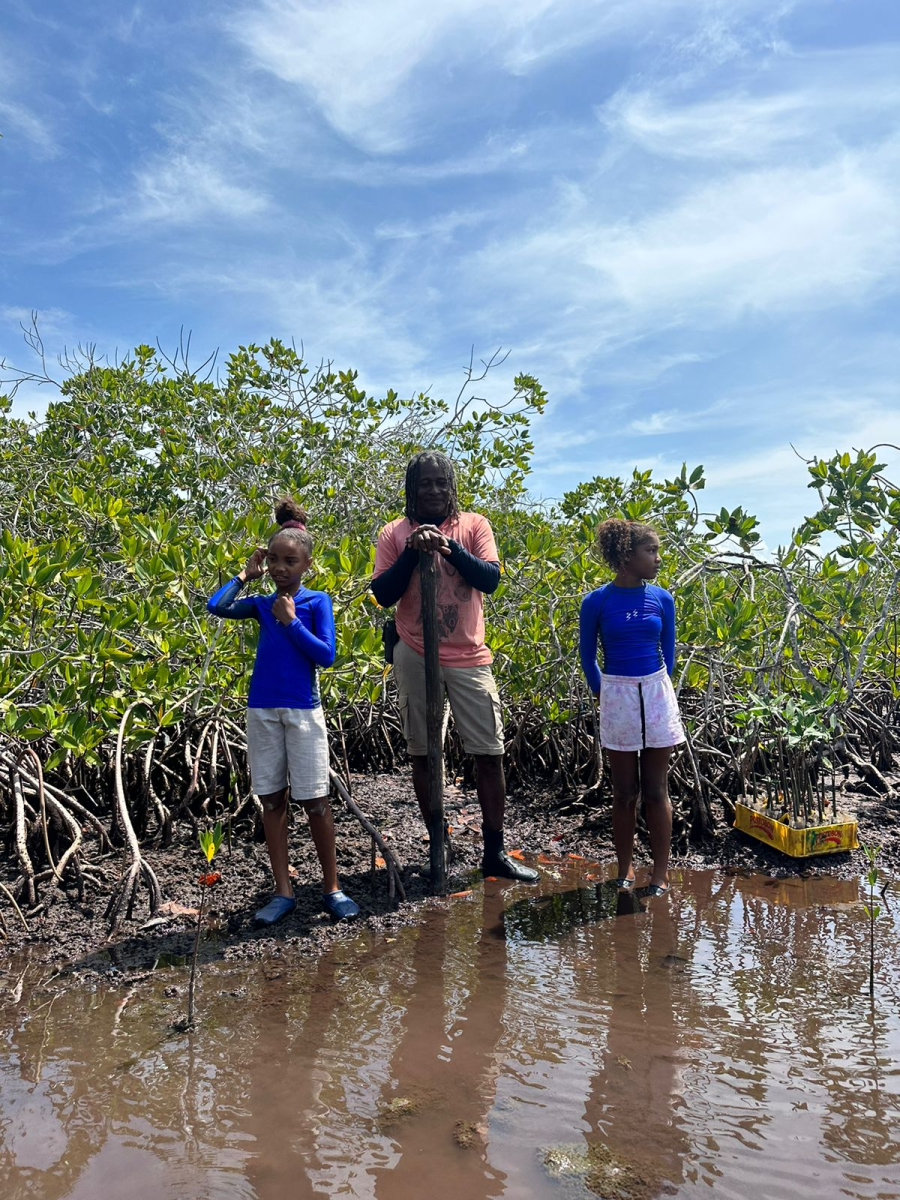
By Rebecca Kirkpatrick (CS Intern)
March 22 is World Water Day, a day to acknowledge the importance of freshwater and raise awareness of the many people around the world who do not have access to safe water. One-in-four people do not have access to safe drinking water.
Access to water is a fundamental human right. On July 28, 2010, through Resolution 64/292, the UN General Assembly recognized the human right to water and sanitation and acknowledged that clean drinking water and sanitation are essential to the realization of all human rights, calling upon States and international organizations to provide safe, clean, accessible and affordable drinking water and sanitation for all. In November 2002, the Committee on Economic, Social and Cultural Rights adopted General Comment No. 15 on the right to water which states that "The human right to water is indispensable for leading a life in human dignity. It is a prerequisite for the realization of other human rights." Comment No. 15 defines the right to water as everyone having sufficient, safe, acceptable, physically accessible, and affordable water for personal and domestic uses.
Poor management of urban, industrial, and agricultural wastewater has left hundreds of millions of people around the world with drinking water that is either dangerously contaminated or chemically polluted. At least 2 billion people globally use a drinking water source that is contaminated with feces, and approximately 829,000 people are estimated to die every year from diarrhea caused by unsafe drinking water, sanitation, and hand hygiene. Half the world’s population is already experiencing severe water scarcity at least one month a year, and climate change is only exacerbating the situation.
Cultural Survival would like to highlight some of its Keepers of the Earth Fund (KOEF) grant partners who are working hard in their communities to combat drought as a result of the climate crisis and increase awareness about water as a crucial resource and life-sustaining element.
Comunidad San Juan Quiahije (ChatNya), Mexico
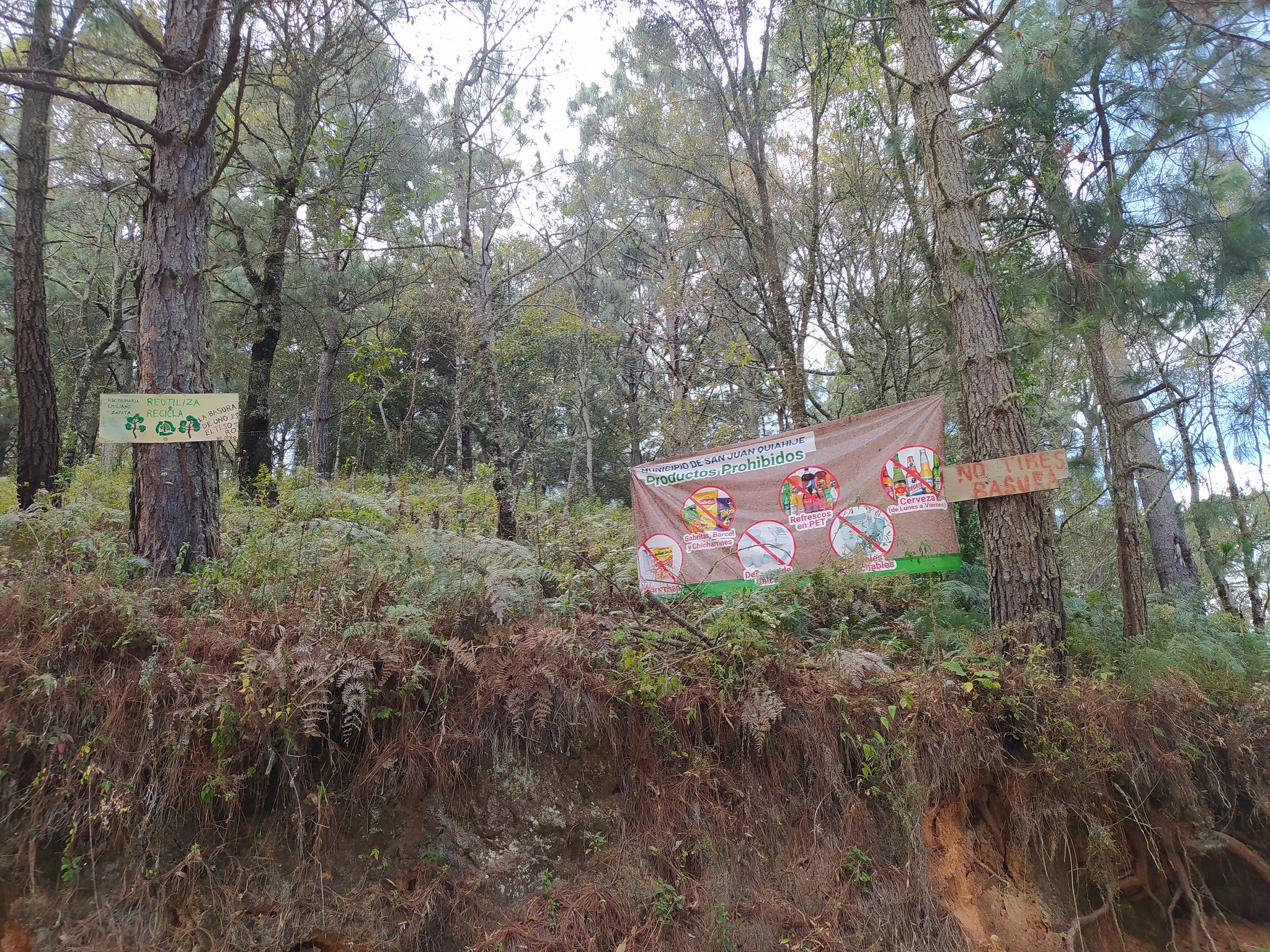
One such partner is the ChatNya community in San Juan Quiahije, Oaxaca, Mexico. KOEF is supporting them in their quest to educate the community about the importance of water and share traditional stories about the healing properties of water. The project aims to gather information from traditional proverbs and stories about water in the community and identify the bodies of water that feature in those stories. This information, along with dialogues with community Elders, will be turned into a series of radio and audiovisual clips called “The Meanings and Importance of Water in San Juan Quiahije” that will then be shared with the community. The project stems from a need to educate younger generations in the community about the importance of conserving water, especially during a time when frequent droughts mean that sometimes there is not enough water to distribute to the entire community. In working on this project, the coordinators have also witnessed the value of water in the community’s cultural traditions, such as the ritual of spraying chili and water in the home of someone who has passed away to avoid further sickness. “We believe it is fundamental to document these meanings,” one of the project coordinators said, “so we don’t lose them and so that we value water as a community.”
Asociación de Comunidades Indígenas de San Rafael de Velasco, ACISARV (Chiquitano Rafaeleño), Bolivia
Another of Cultural Survival’s grant partners working to raise awareness of the value of water in their community is the Chiquitano community and inhabitants of the San Rafael del Velasco municipality in Santa Cruz, Bolivia. The Chiquitania region has been hugely impacted by the effects of climate change, with drought periods becoming longer and more intense due to a decrease in rainfall. In addition, livestock companies in the area use the region’s water and occasionally close the water tributaries for their own use, cutting off community access to it. Granite is also mined in the San Rafael region, and the mining company operating in the area is working close to the Mercedes River, which is an important water source for the region. There is a deep and very valid concern that the river will be contaminated by the company’s irresponsible waste disposal since it is unknown where the company currently disposes of the chemicals they use. All of these factors have contributed to a serious issue in terms of water supply for crops, animals, and for human consumption.
To tackle these issues and improve community resilience to their effects, the local community—with the help of the Keepers of the Earth Fund—is working on a climate change mitigation and adaptation project. The project aims to recover and document traditional water management practices and collect stories from community Elders regarding the importance of water. This information will then be transformed into a booklet for use in primary schools to help raise awareness amongst the local children. The hope is that the children will then share the value of water with their families, and the project will consequently have a broader audience and deeper impact. Additionally, the community aims to implement a pilot project to experiment with new water harvesting technologies, which will then be used to provide water for a communal vegetable garden. This project will take place in San Pablo, which is near a road. This location will allow the project to serve as a reference for others wishing to see its implementation and replicate the project in their own communities.
Comunidad Punta Chueca (Comca’ac), Mexico
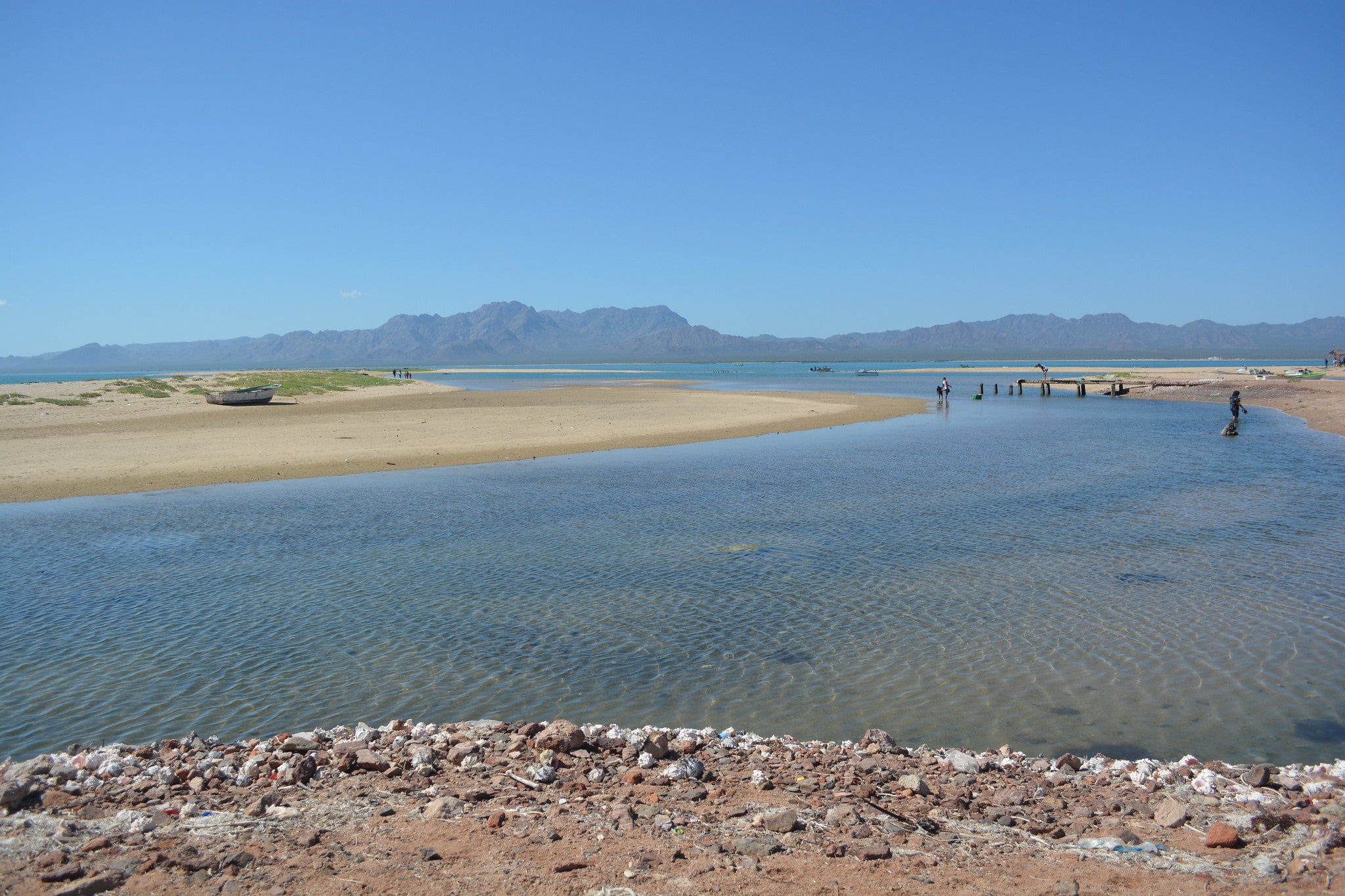
Finally, the Comca’ac Nation in Sonora, Mexico, is working to build four cisterns in Punta Chueca, in front of the community’s rural hospital. The cisterns will be used to store water for emergencies, as the community has frequently run out of water and been forced to endure multiple days in a row without it. “The lack of water means that people have to migrate and we will disappear as an Indigenous Seri community because of the need to survive by getting jobs outside of our town, in states like Sinaloa,” said one community member. “We are few in number and if more people continue to leave, we will cease to exist as a people.” The Comca’ac Nation, like many other communities around the world, has been significantly affected by both climate change and the COVID-19 pandemic. As a result of climate change, the temperature of the Infiernillo Canal has increased and the fish that used to run down the canal can longer cope with the heat. The local medical center services, which are in high demand given the global pandemic, are often interrupted because of the lack of water. In this instance, Cultural Survival’s Keepers of the Earth Fund will be used to fulfill an urgent need for water in this community.
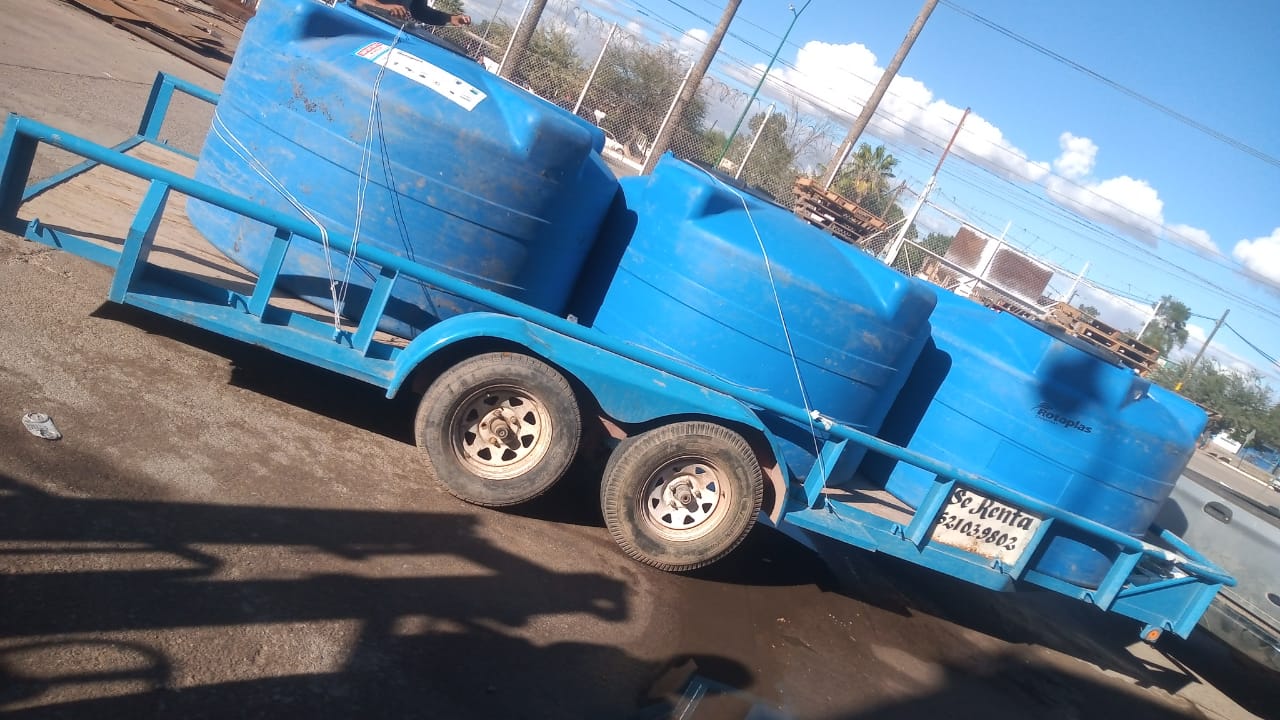
Keepers of the Earth Fund (KOEF) is an Indigenous Led Fund within Cultural Survival designed to support Indigenous Peoples’ community development and advocacy projects. Since 2017, through small grants and technical assistance, KOEF has supported 182 projects in 36 countries totaling $791,838. KOEF provides, on average, $5,000 grants to grassroots Indigenous-led communities, organizations, and traditional governments to support their self-determined development projects based on their Indigenous values. Predicated on the United Nations Declaration on the Rights of Indigenous Peoples, Cultural Survival uses a rights-based approach in our grantmaking strategies to support grassroots Indigenous solutions through the equitable distribution of resources to Indigenous communities.
